Featured Resources
How to Create a BYOD-Friendly Data Loss Prevention Policy
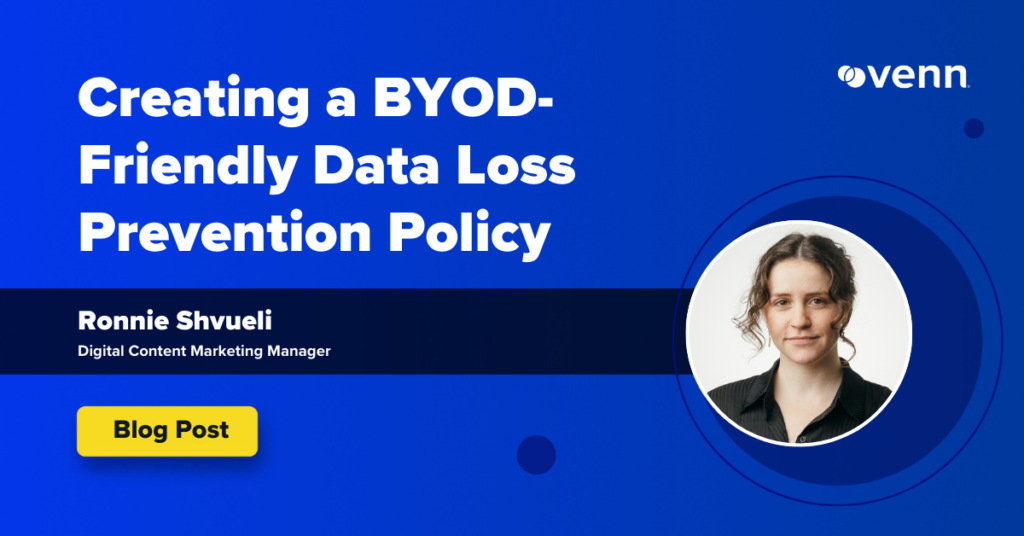

March 13, 2025
Blog
How to Create a BYOD-Friendly Data Loss Prevention Policy
Creating and implementing a data loss prevention policy is a critical security measure for organizations today. But many DLP policies prioritize security at the cost of usability, which leads to employee frustration and, in turn, security workarounds–ultimately increasing the risk of data leaks and shadow IT. Achieving this balance is challenging, as implementing DLP policies […]
BYOD Security: Managing Third-Party Risk
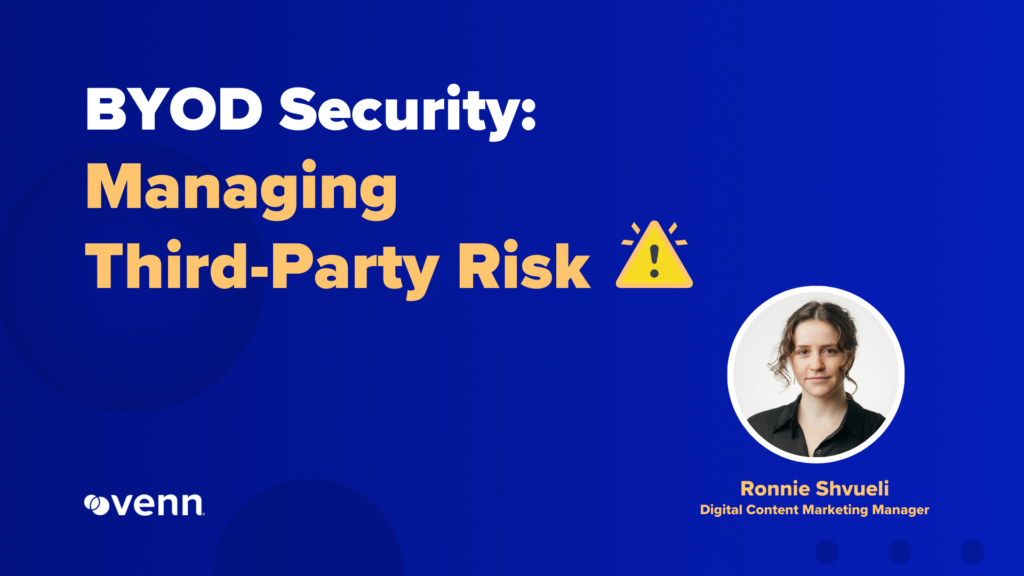

February 18, 2025
Blog
BYOD Security: Managing Third-Party Risk
How a Call Center-Driven Healthcare Company is Tackling BYOD and Operational Efficiency
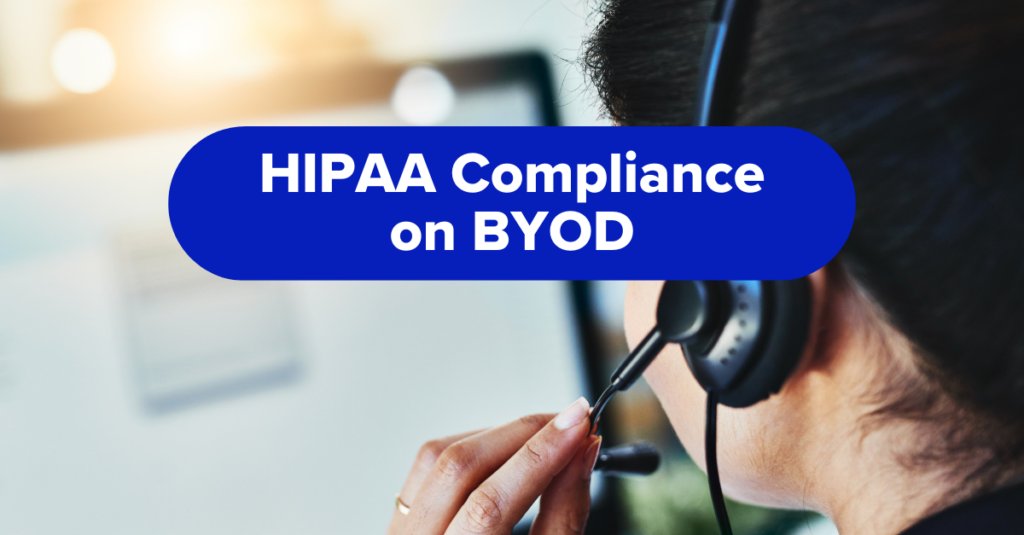

December 17, 2024
Blog
How a Call Center-Driven Healthcare Company is Tackling BYOD and Operational Efficiency
5 Myths About Remote Work Security: What Every IT Leader Should Know
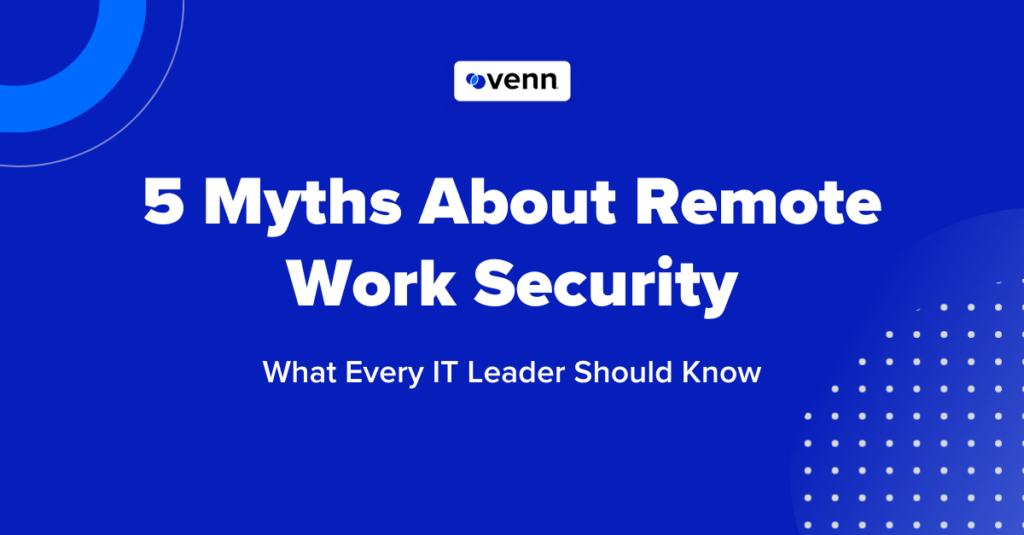

June 12, 2024
Blog
5 Myths About Remote Work Security: What Every IT Leader Should Know
3 Strategies for Securing Remote Contractors and Venn’s Alternative
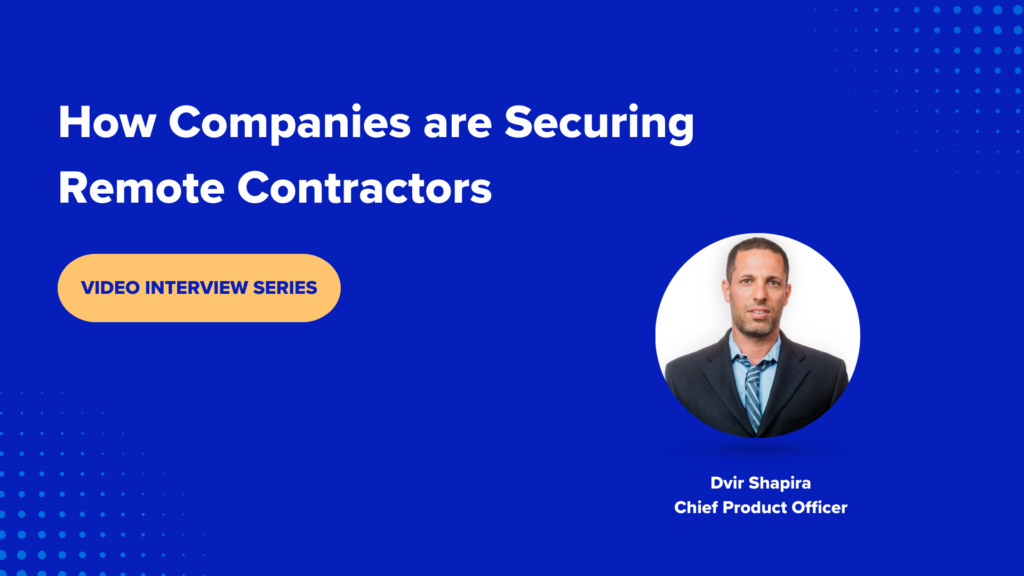

October 29, 2024
Blog
3 Strategies for Securing Remote Contractors and Venn’s Alternative
We recently had a conversation with our Chief Product Officer, Dvir Shapira, about the 3 strategies companies are using to secure remote contractors – and Venn’s completely new approach. The shift toward employing contractors, offshore teams, and BPOs brings valuable flexibility but also presents significant challenges for IT leaders. Many struggle to determine the best approach […]
Tackling Remote Work Security: A Biotech Company’s Strategy for Unmanaged Devices


October 28, 2024
Blog
Tackling Remote Work Security: A Biotech Company’s Strategy for Unmanaged Devices
In today’s biotech industry, innovation happens rapidly, and the demand for specialized skills often leads to diverse, global teams of experts. One leading biotech company, recognized for its cutting-edge work in cellular therapy, found itself in a unique position. Nearly half of its workforce consisted of contractors, consultants, and offshore workers working on BYOD laptops—key […]
From CIO to Employee: Who Should Shape Your BYOD Laptop Policy?


October 22, 2024
Blog
From CIO to Employee: Who Should Shape Your BYOD Laptop Policy?
Over the past few years, two things have changed what it means to ‘go to work’: working from home and using your own device for both personal and work tasks. We’re in the midst of a new era where remote and hybrid work have become a permanent part of most organizations. This phenomenon has also […]
The Security Wild Wild West of Contractors on BYOD Computers


October 15, 2024
Blog
The Security Wild Wild West of Contractors on BYOD Computers
BYOD allows organizations to easily expand their workforce with contractors and freelancers, reducing costs, providing employee flexibility and offloading work from internal IT departments. However, there is one aspect many organizations are not aware of when they eagerly adopt BYOD – security requirements. And as agility and revenue grow from working with contractors in a […]
Getting Out of the Hardware Business and Into BYOD Workforces
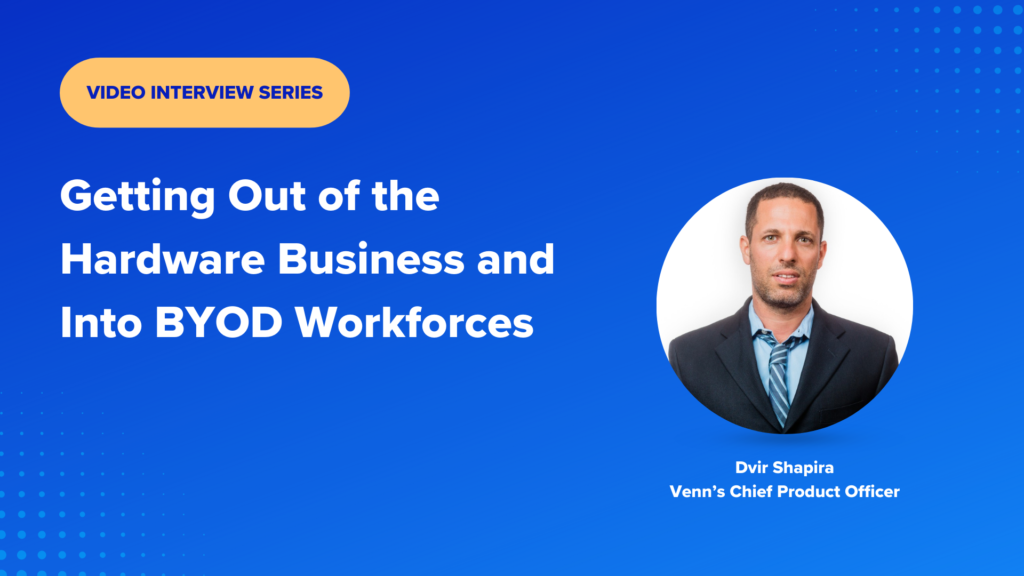

October 15, 2024
Blog
Getting Out of the Hardware Business and Into BYOD Workforces
We recently had a conversation with our Chief Product Officer, Dvir Shapira, about why more companies are shifting away from the costly and complex process of buying, securing, and shipping laptops to remote contractors and offshore teams. IT leaders across various industries are expressing a clear desire to move away from the inefficiencies of managing […]
Advancing BYOD Security and Privacy with MDM for Laptops
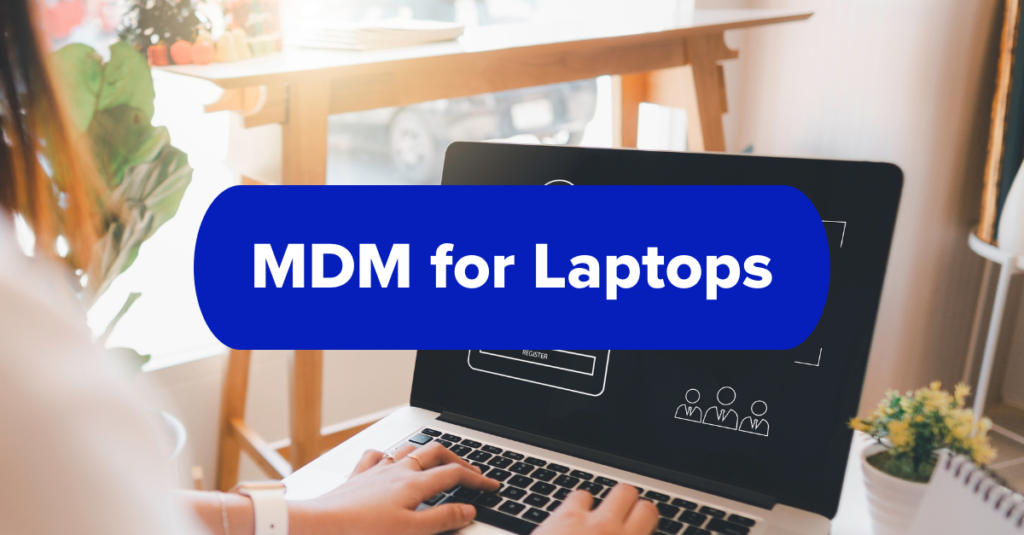

October 15, 2024
Blog
Advancing BYOD Security and Privacy with MDM for Laptops
In a perfect world, your employees are happily using their personal devices for work, easily toggling back and forth between their personal and professional lives. There’s no juggling between a work-only device and personal devices. Life is good. This is where Mobile Device Management (MDM) methods come into play. MDM software allows IT departments to […]
Venn is Changing the Virtual Desktop Game With a Local Alternative
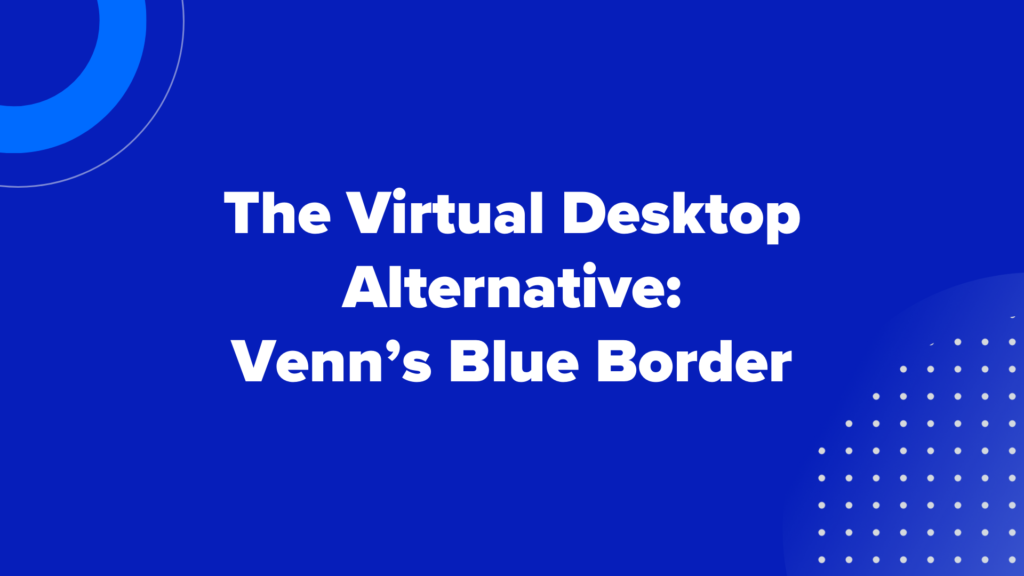

October 14, 2024
Blog
Venn is Changing the Virtual Desktop Game With a Local Alternative
Virtual Desktop Infrastructure (VDI) has long been the solution companies turn to for maintaining security and compliance on unmanaged laptops. But VDI is notorious for hindering productivity due to connectivity issues, latency, and incompatibility with local, native workflows on end-user laptops. As work and life continue to overlap, workforces become more geographically dispersed, and companies […]
The Growing Trend of Contractors and Offshore Workers


September 26, 2024
Blog
The Growing Trend of Contractors and Offshore Workers
We recently sat down with our Chief Product Officer, Dvir Shapira, to discuss the recent and significant shift in how companies engage with their workforce. Traditional employer-employee relationships are evolving, with businesses increasingly relying on contractors, offshore workers, and BPOs across industries. These roles used to comprise mostly customer success, but are now expanding into […]
BYOD Laptop Missing? Avoid Data Leaks with This Secure Approach
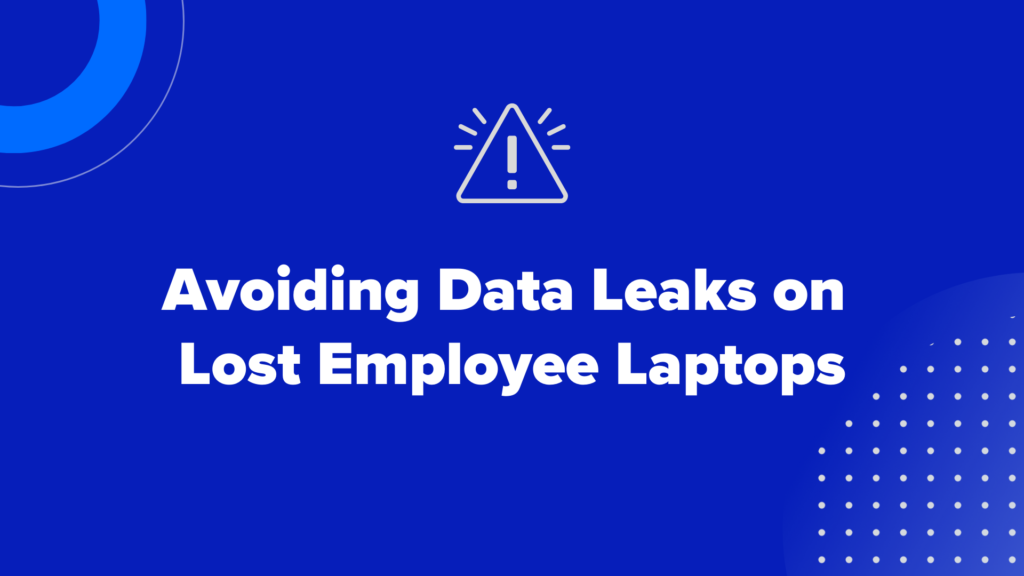

September 24, 2024
Blog
BYOD Laptop Missing? Avoid Data Leaks with This Secure Approach
Picture this: A company’s employee is leaving a coffee shop, and when they return to their car, the back window is smashed. Their laptop is gone. This unfortunate scenario happens more often than we like to admit, and when it involves a work laptop, the stakes are even higher. Data loss from a stolen work […]